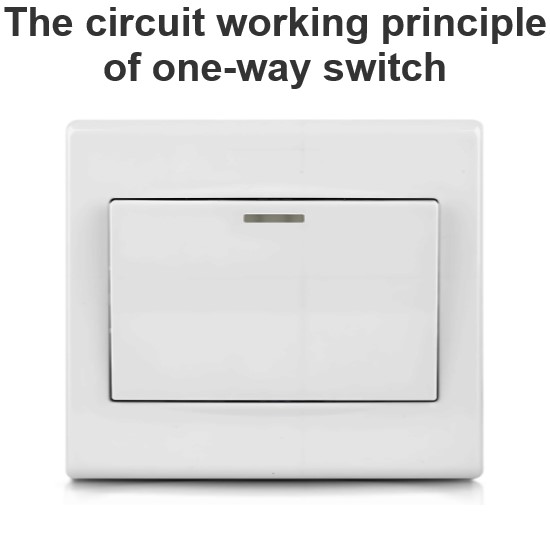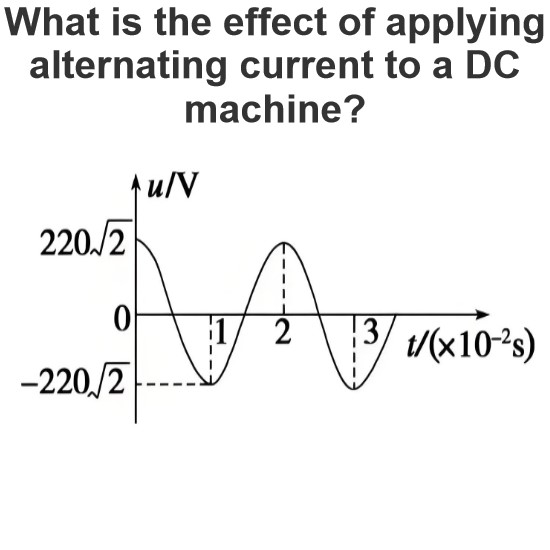What is PWM?
What is PWM?
PWM pulse width modulation definition
PWM pulse width modulation (PWM) is a method to digitally encode analog signal levels. By modulating the width of a series of pulses, the desired analog signal is obtained equivalent.
Working principle
The basic principle of PWM technology is to use the digital output of the microprocessor to control the analog circuit. A square wave with a fixed frequency is used as the carrier signal, and the average voltage of the output signal is controlled by changing the duty cycle of the square wave (that is, the ratio of high level time to period).
Advantages of PWM
High efficiency: Because PWM uses a full on or full off switching state, rather than a partial on like linear regulation, power consumption and heating can be significantly reduced.
Easy to control: The output voltage or power can be easily adjusted by changing the duty cycle.
Anti-interference: Because PWM signals are digital in nature, they are less susceptible to noise than analog signals.
Flexibility: PWM can be used in a variety of applications, including motor control, power conversion, audio amplifiers, and more.
Disadvantages of PWM
Electromagnetic interference (EMI) : Rapid switching of PWM signals can produce electromagnetic interference, and appropriate measures need to be taken to reduce this effect.
Design complexity: Achieving high precision PWM control requires complex circuit design.
Switching loss: Although it is generally more efficient than linear regulation, there is still a certain loss at the moment of switching.
Application field
Motor control: Used to control the speed and direction of the DC motor.
Power conversion: such as DC/AC inverter, DC/DC converter.
LED lighting: The brightness of the LED is controlled by PWM.
Audio amplifier: Design for high-fidelity audio amplifiers.
Development trend
Higher frequency and accuracy
Intelligent control
Integration and miniaturization
Sum up
PWM pulse width modulation is a very important electronic technology, which has the advantages of high efficiency and energy saving, high precision, fast response speed and high reliability. With the continuous development of electronic technology, PWM technology will be applied in more fields, and continue to innovate and improve.
The Electricity Encyclopedia is dedicated to accelerating the dissemination and application of electricity knowledge and adding impetus to the development and innovation of the electricity industry.













